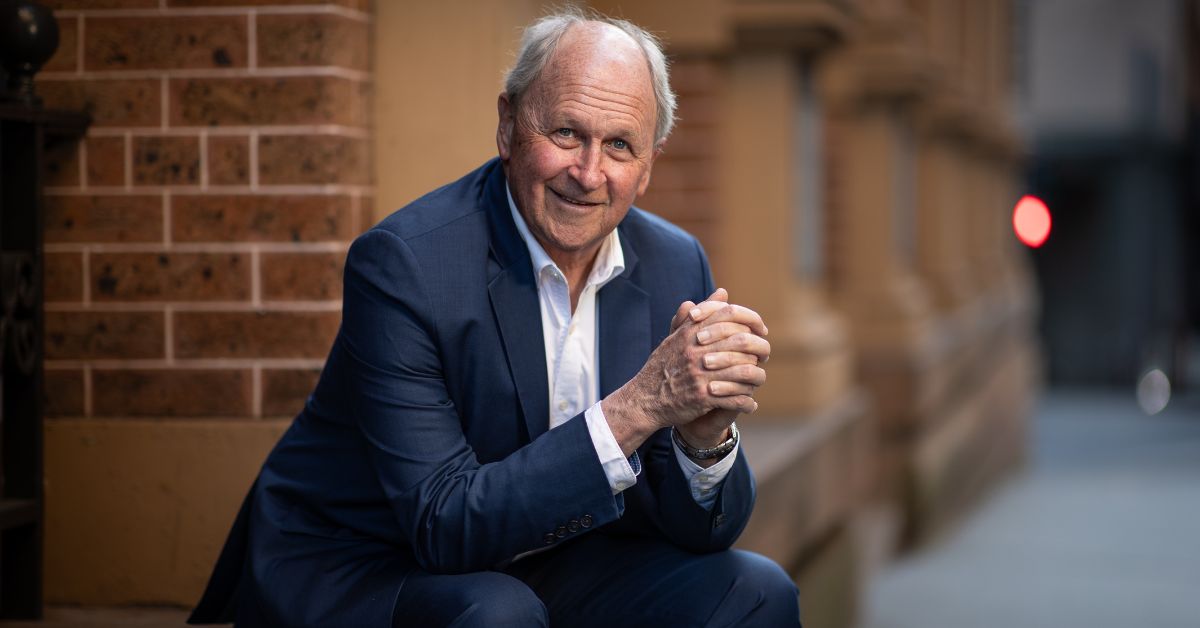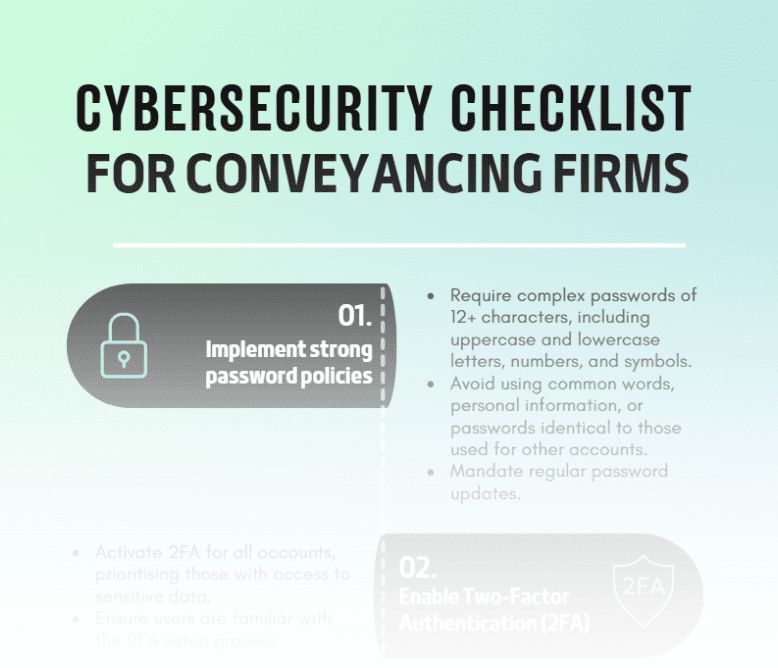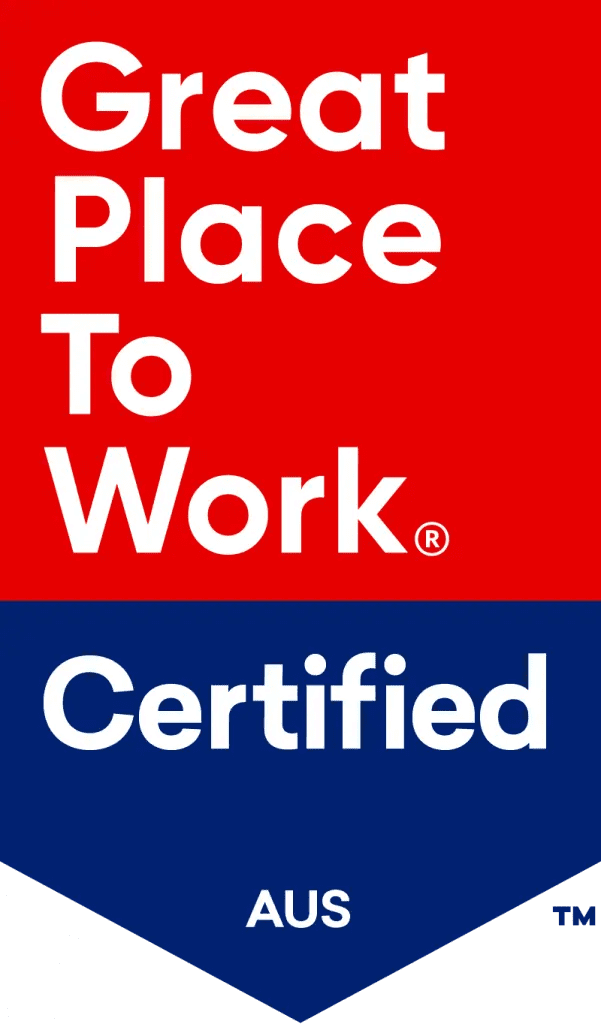The Australian conveyancing industry is a vastly different ecosystem today to the one that existed when Chris Tyler first entered it 17 years ago.
The move from hard copy property title searches to electronic; increased regulation and scrutiny; law reforms; and increased competition and specialisation have been game changers for a generation of practitioners.
Complex but critical. As Chris has found, conveyancing matters to millions in this country. It shapes the decisions of home owners and business people alike.
The former banking and finance executive has understood the important role the profession plays since first being exposed to it in 2006.
But it wasn’t until he was appointed chief executive of the Australian Institute of Conveyancers – NSW that he could fully appreciate the depth of responsibility that rests on the shoulders of all practitioners. They are central to some of the biggest investment decisions Australian families make in their lives.
As the head of the peak body in NSW, Chris Tyler is part mentor, part adviser, part innovator. It’s paternal.
Despite all the influences and changes to the industry during the past 15 years, he cites and common theme and a relentless need: Conveyancers must stay in pursuit of speed and efficiency while preserving service quality and trust.
Chris Tyler and his team are working to help practitioners at all levels to be the best they can be. It’s a tough but rewarding business, he says.
He sat down with Australian Conveyancer magazine to passionately share his thoughts on the profession and its outlook. And as we discovered, there’s a lot to unpack.
Australian Conveyancer: When you first took on the role of AIC NSW CEO, what were your first impressions?
Chris Tyler: The first impressions were very much already informed impressions having delt with the industry for many years prior. The industry is quite unique in that about 85 per cent of our members are female. And importantly, they run small to medium sized businesses, which facilitates the property transaction. The main changes in the last few years our practitioners have seen has been changing regulations, legislation, and technology.
CA: What technology changes have really driven change?
Tyler: With technology, practice management software, cloud base technology, and the overall growth in electronic conveyancing has seen major changes which practitioners can now benefit from.
CA: What do you see as the most significant developments in the following areas in technology, legislation and the economy that have impacted most on our industry?
Tyler: Firstly, it’s very much the advancement in electronic conveyancing. In the future, it’ll be improvements to electronic conveyancing, interoperability, and other platforms coming into the market.
Secondly, continued improvement in practice management software. And thirdly, one of the big things with tech will be artificial intelligence (AI) and how that will play out, remains to be seen.
CA: In terms of economic factors, interest rates and the like, what do you think that’s going to do in terms of impact to the industry?
Tyler: The key with economic factors is that we’re servants to the market. The property market will come up and down, but we’re just going to be very careful when we manage our business.
A good example is when COVID first hit, everyone was worried they’d fall behind, so they laid off staff. Then of course, months later, the market started peaking, and many businesses who laid off staff were experiencing burnout. And at the time, many had to rehire, but this proved difficult, so it put a lot of pressure on the entire industry.
Fortunately, when that happened, electronic conveyancing had already been mandated and embedded in work practices and accepted by practitioners. Because of this, our industry was ready to service the increasing level of demand.
Adopting solutions like virtual VOI and digital signing meant that in the end, our industry thrived during COVID in some respects.
CA What are your thoughts on artificial intelligence (AI) and how it will impact the industry and how do we embrace it?
Tyler: AI is still very much an unknown. We’ve already proved it can be of use however, it has already been used for simple jobs like contract reviews in the last 12 months or so.
It’s imperative that practitioners are still physically doing the complicated, that they’re providing advice on the complicated issues, and we know the property transaction isn’t a simple one. So, there will always be an element of hands on which shouldn’t be replicated by practitioners.
We’ve got to leverage those complicated transactions and systemise areas where AI can be used for more simple things.
CA: Do you think there’s a fear and intimidation from the industry about around AI?
Tyler: I don’t get a sense of that. During the several best practice groups we run, our practitioners are more concerned with profitability and adapting to change as opposed to the adoption of AI.
I think the risks are still largely an unknown, and you still got to be careful with the actual algorithms and the software that goes behind the eyes. With contract reviews for example, you can use AI to review, scan, and identify issues, and it will be largely accurate. However, you’re still on the line if there’s an error, so you still need to show a certain degree of supervision over that piece of work, ensuring it’s correct.
CA: What are the benefits of AI?
Tyler: The benefits are largely with saving time, helping practitioners put margin back into their business, and that will in turn, help with profitability.
Q: What are the challenges for achieving profitability?
Tyler: The major challenge is that the industry at large doesn’t charge enough. That stems down to the education of the public. They don’t necessarily understand what a conveyancer is and does.
In terms of the valued chain of the property transaction, we’re sitting down the bottom. Real estate, government, mortgage brokers, and financers take a slice of the property transaction before, arguably the most important handler in the equation, the conveyancer, eventually gets paid.
CA: Why is the fee structure like this?
Tyler: The fee structure is built off the back of poor scaling of fees from about 25 years ago, which hasn’t changed since. It was obviously an uncompetitive, anti-competitive process or structure back then, and doesn’t reflect the market today.
Now, there is no scale of fees structure, so when new businesses enter the industry, the first thing they do to get a foot in, is to start with discounting. Unfortunately, that’s very detrimental to the whole industry.
Another issue is that a lot of our members are very great at what they do technically, but that skill doesn’t necessarily translate to being good at running a small business. thing is that a lot of our members very great very great at the Technical School of Economics, but not necessarily good at running small businesses.
Each year we see authority fees increase, however, our members don’t necessarily pass on that increase to their customers. That’s largely where the mindset needs to change.
CA: What’s the solution for improving your fee structure balance in the industry?
Tyler: Improving fee structure has been a consistent theme in all our education events. Firstly, they need to put their prices up. Members must start getting the mindset that there must be a strategy about price increases, and it’s not just every five years, but on a regular basis.
CA: Do you think conveyancers could take a percentage of the sale like Real Estate Agents?
Tyler: I think a percentage fee scale would work in conveyancing. However, there are a lot of challenging and complex areas in each transaction that go beyond the conveyance itself and our members don’t get paid for that. A billable time structure is another method of billing which covers for time spent on a matter.
CA: Can billable time work in conveyancing?
Tyler: There are many conveyancers that charge an hourly rate. But it’s hard to predict the conveyancing involvement in each transaction. For example, you may have a case where there’s a problem, and the client isn’t going to the real estate agent, they’re going to the conveyancer. In this scenario, do the conveyancers charge for that time? Often, they won’t charge the 15 minutes to talk to the customer.
We are working with our members to find a recipe which works and encourages them to charge more on the do-able processes.
CA: What is the next five years look like for practitioners?
Tyler: First and foremost, we need to help increase the profitability of our conveyancing businesses.
Secondly, we need to have more experienced, licensed conveyancers. We need to encourage our education providers to incorporate a practical component to the to their courses. We do have a shortage of conveyancers at the moment, and I think it will be important that we increase that number dramatically for the industry to thrive.
We also need a shift in our regulator. We are currently regulated by New South Wales Fair Trade, and they treat us the same as panel beaters, tattoo artists, and hairdressers. If we were treated differently, we may have a better self-image of our profession, which is important.
The final piece is legislation. We need to encourage businesses to grow, and currently legislation has some limitations, which will which prevent those businesses from growing too big. You must have a licensed conveyancer in each office location, and it makes it very difficult to manage and scale up business. We’re hopeful that fair trading can change this structure for us down the track.
CA: How would you structure businesses to allow for scale up with legislation?
Tyler: We’ve put forward to Fair Trading that practitioners should be able to manage as many offices as they can. Over the past 10 or 15 years, and legislation hasn’t really changed, and you’ve got cloud-based software systems which allow you to operate remotely.
In reality, many of our members could manage five or so offices from one place and ensure they have the appropriate supervision over it.
Risk management is another important change we need. We’ve had systemic issues associated in conveyancing around revenue collection which imposes pressure on our profession. It’s important that we manage risk and have legislation changed to support better regulation of this.
CA: What’s stopping the industry from getting here?
Tyler: Apart from the long-standing history and entrenched lack of change, we also have consumer awareness of the value conveyancers offer.
It’s industry self-confidence, which comes back to education from us and for our members to be more confident about the necessity and importance of their services they provide for their clients, and charge appropriately based on the fact.
We also have legislation pushed through without appropriate consultation from the conveyancing community, so when it’s initiated, it has an adverse effect on conveyancers. We need more stakeholders and conveyancers involved in the reform process for legislation pertaining to their industry.
CA: What are your thoughts on referral fee legalities?
Tyler: Many years ago, there were things like gift vouchers and restaurant vouchers being paid out to agents, but the fact is, that’s illegal.
Fortunately, I haven’t heard or had any complaints about practitioners coming across from other jurisdictions like Victoria, where it’s legal, and they’re conducting business in the same way here, which of course, is illegal. My advice would be to report it immediately.
CA: If you had your time over again, what would you do differently in this business?
Tyler: It’s important to reflect, but where we’ve got to today is really a testament to the industry, the fact that we’ve got 550 businesses out there, we’re growing each year, and we’ve got a very sustainable group of members and businesses. That’s important to us so there’s not much I would do differently.
Read more insights and the latest in technology evolution for the conveyancing industry by downloading digital magazine Australian Conveyancer: Tech that will change the game, Edition 1.






